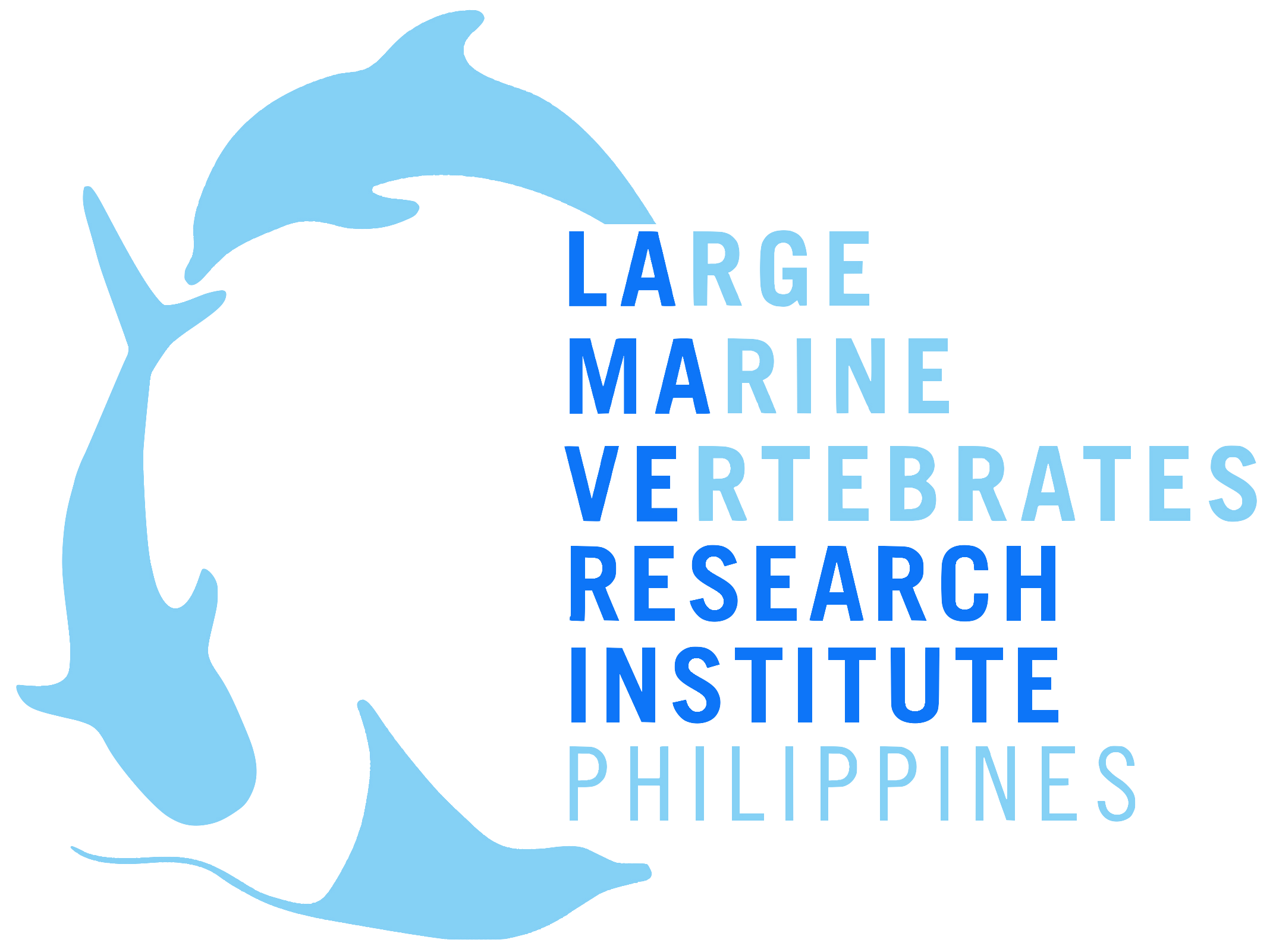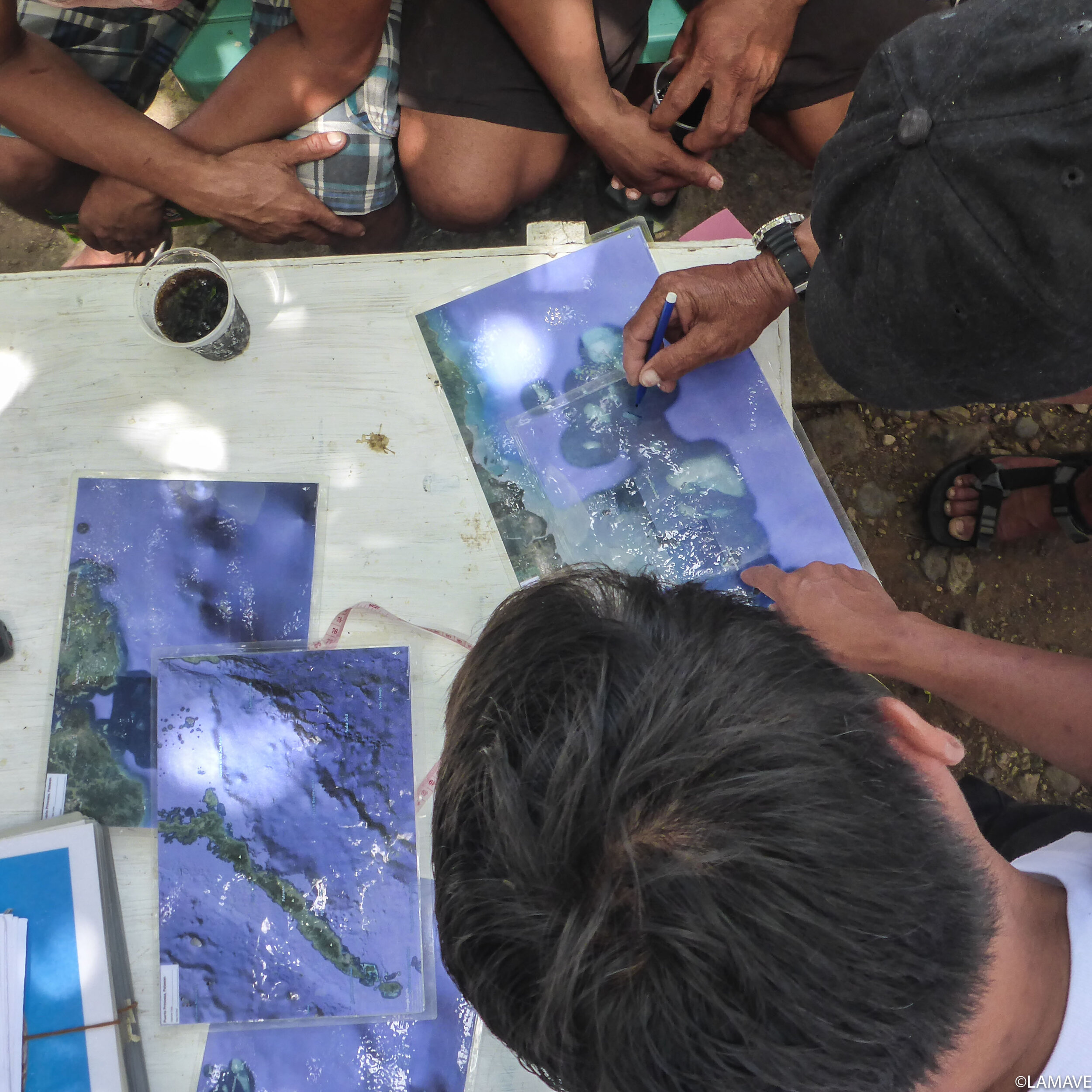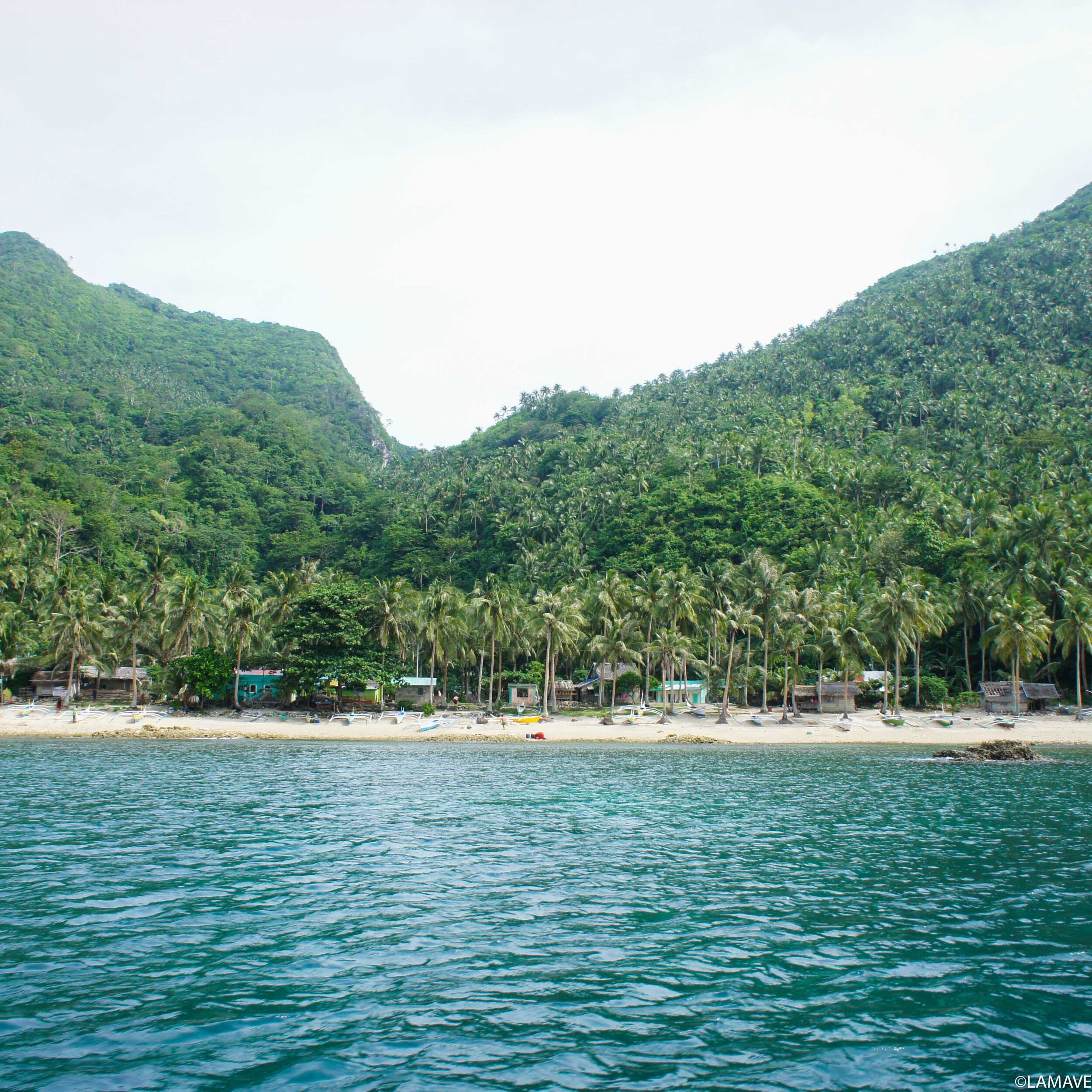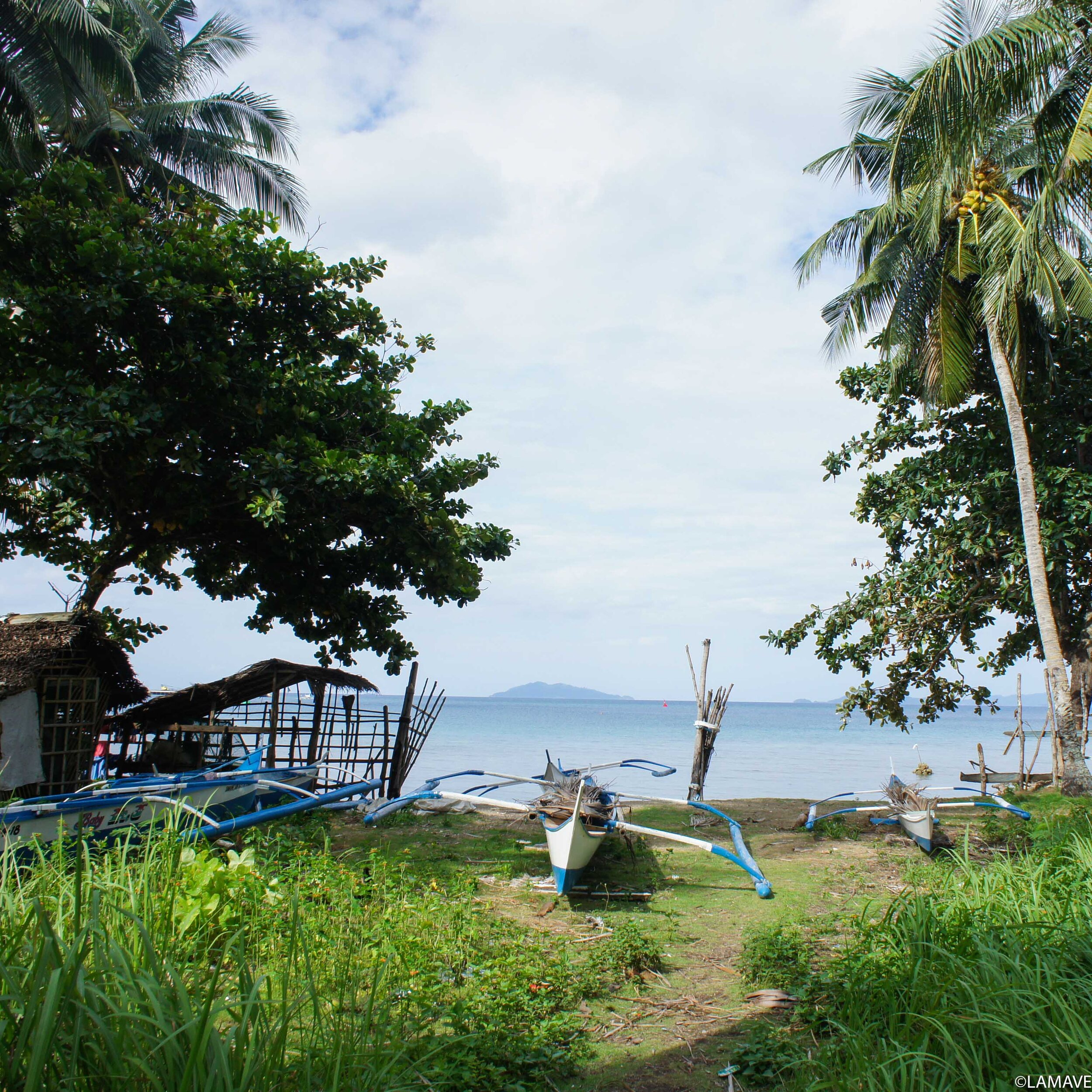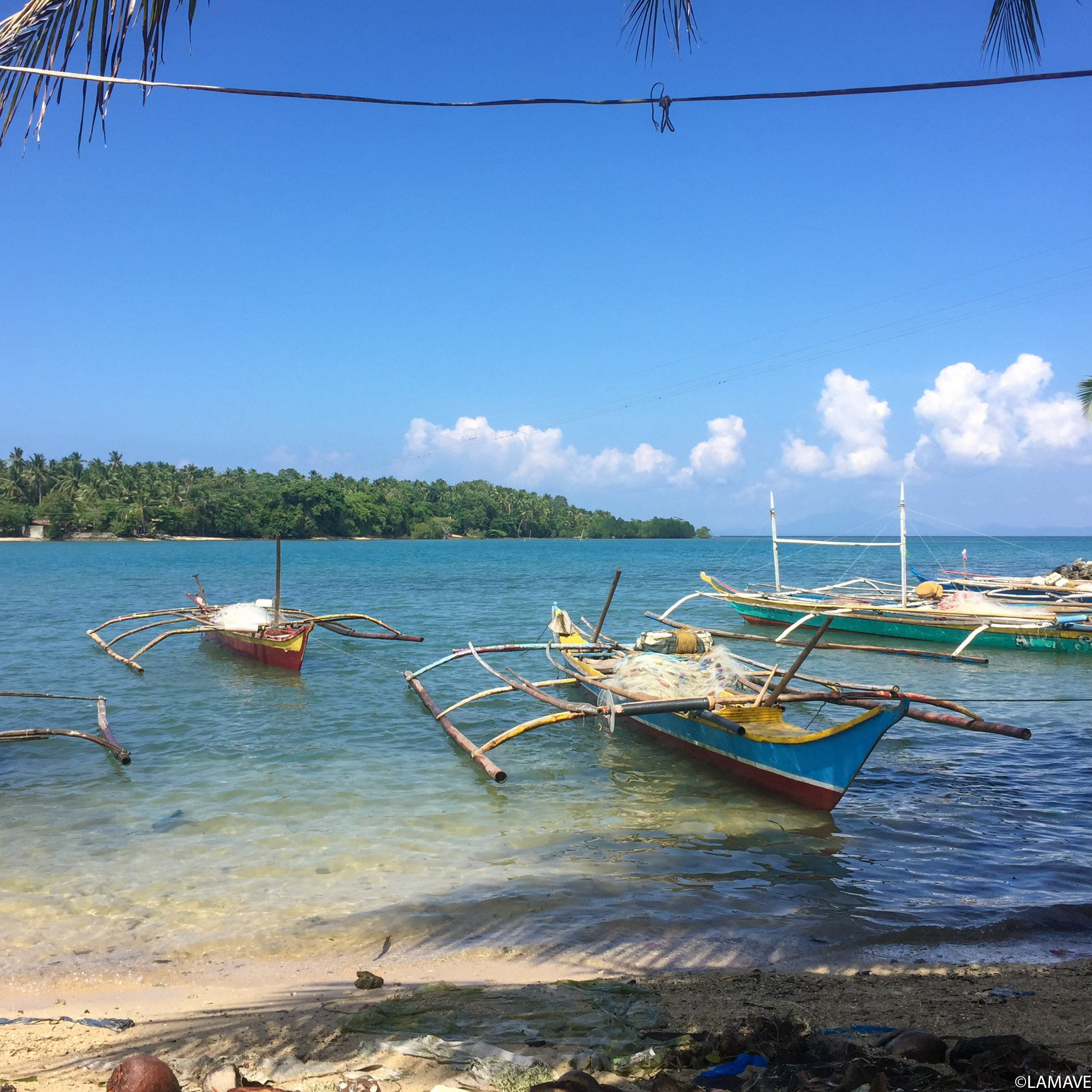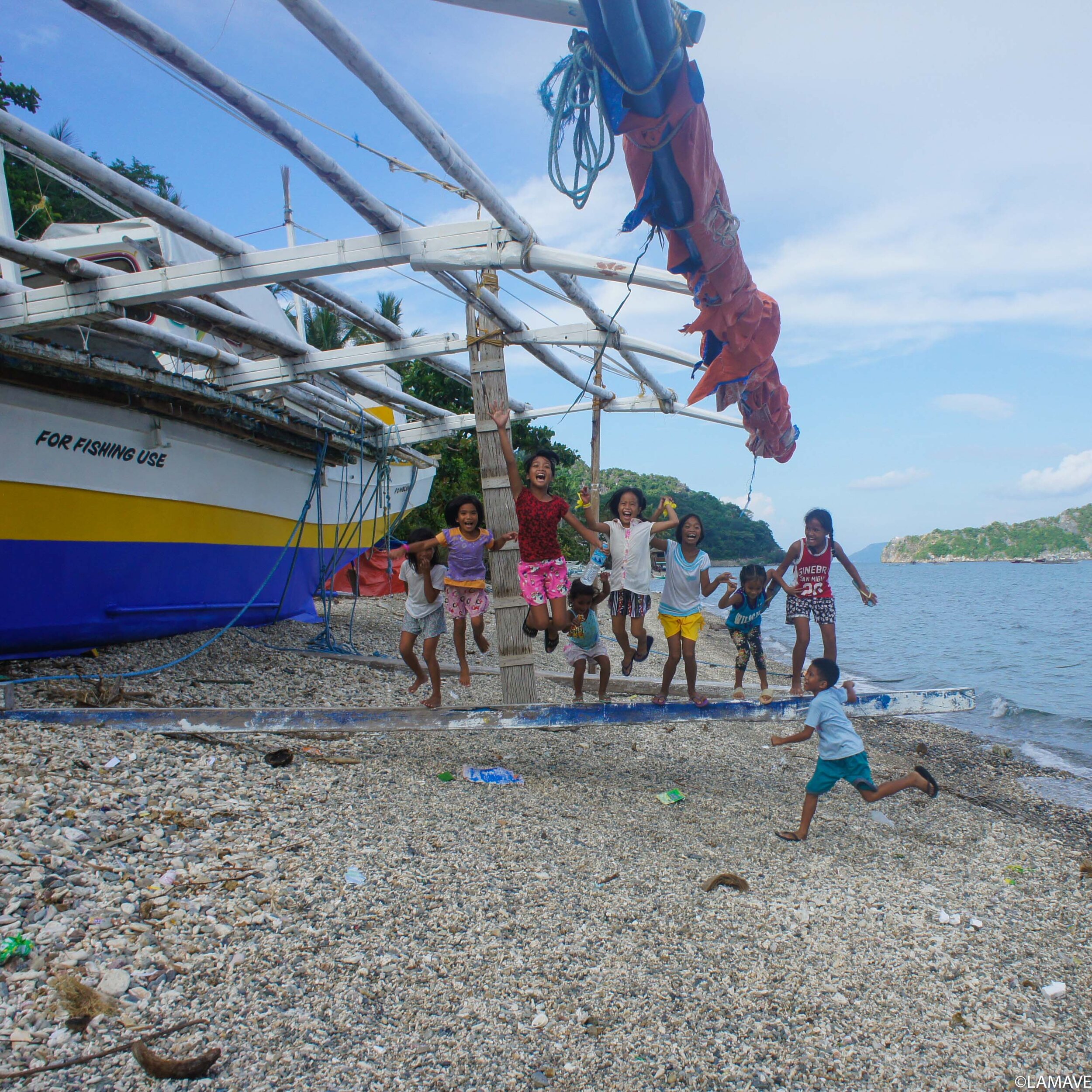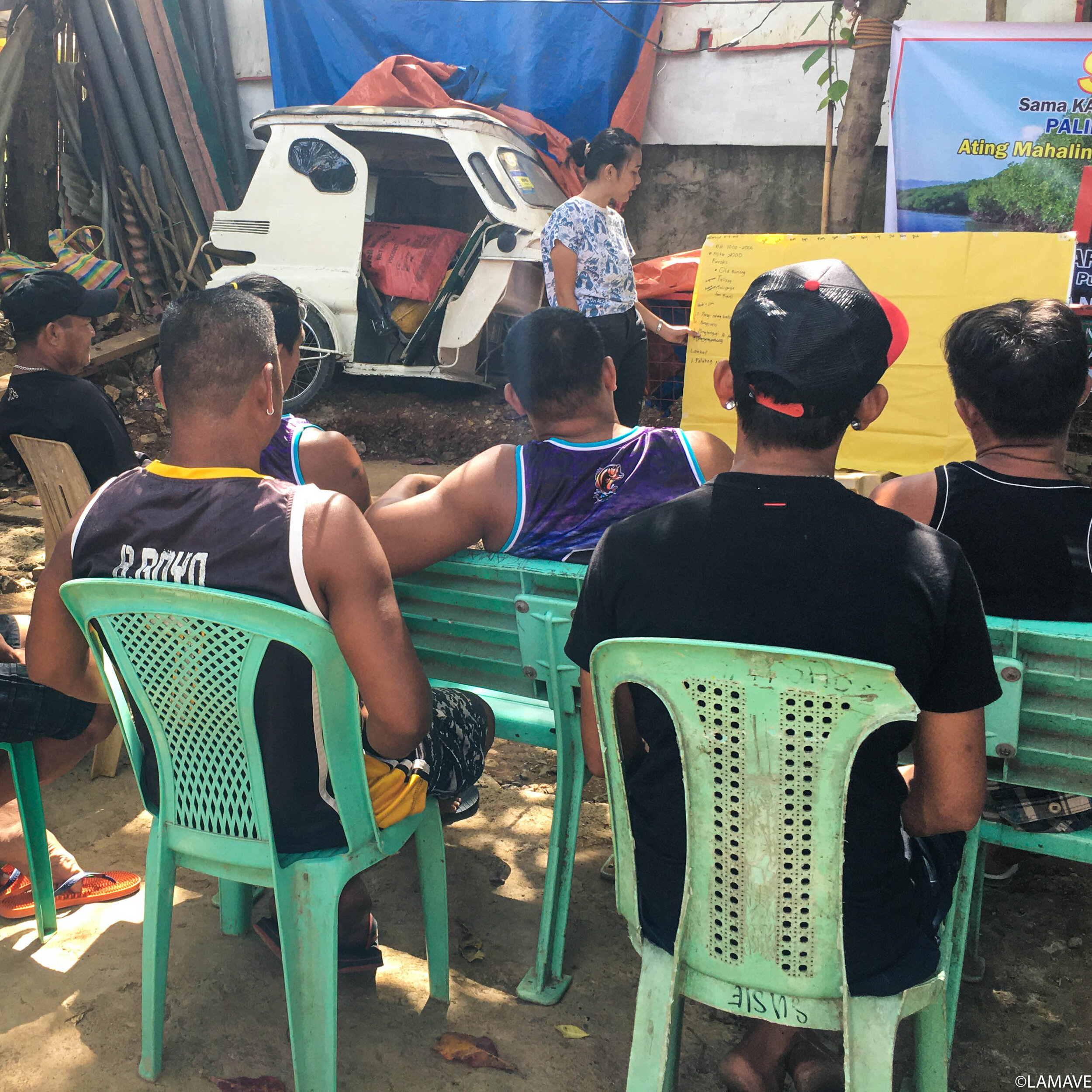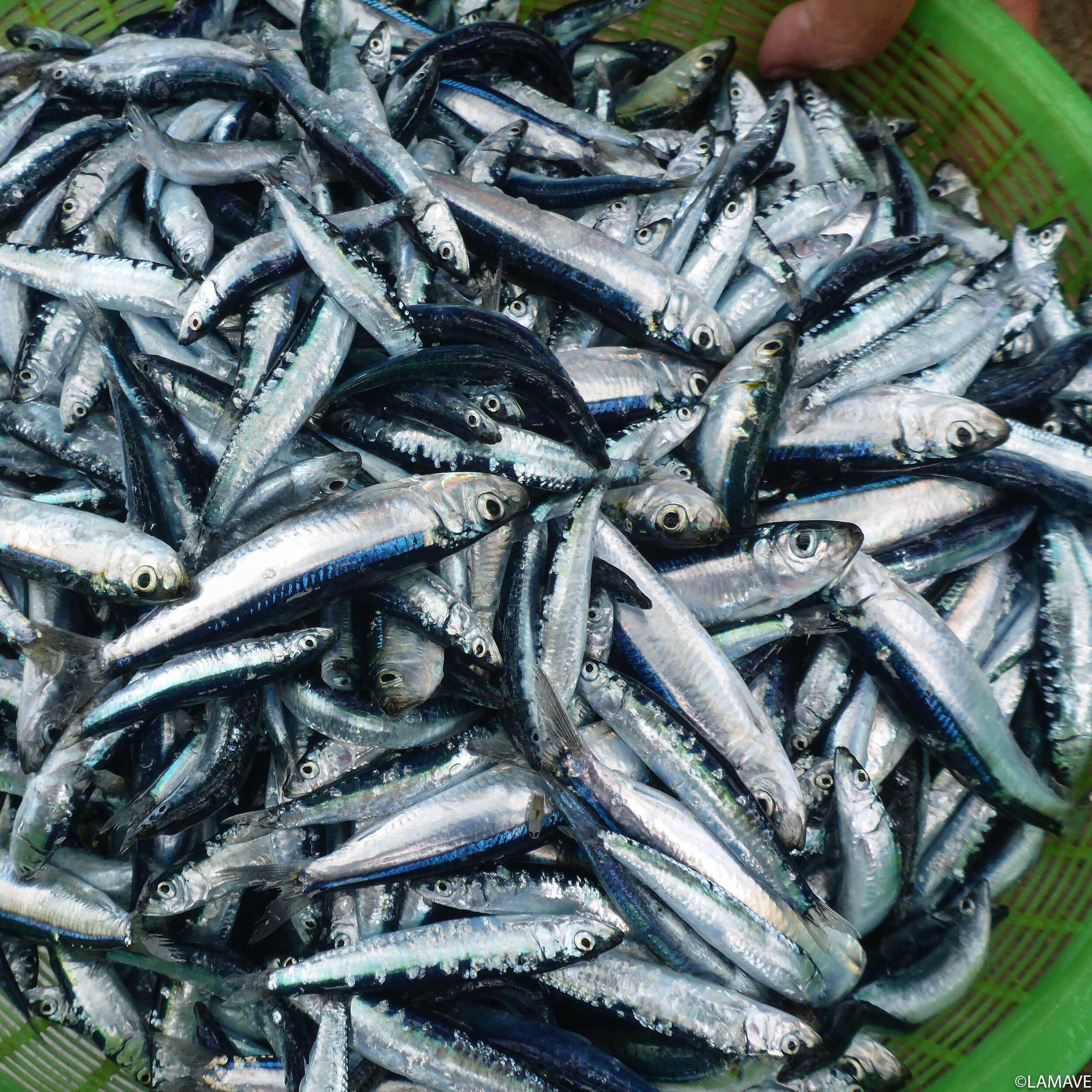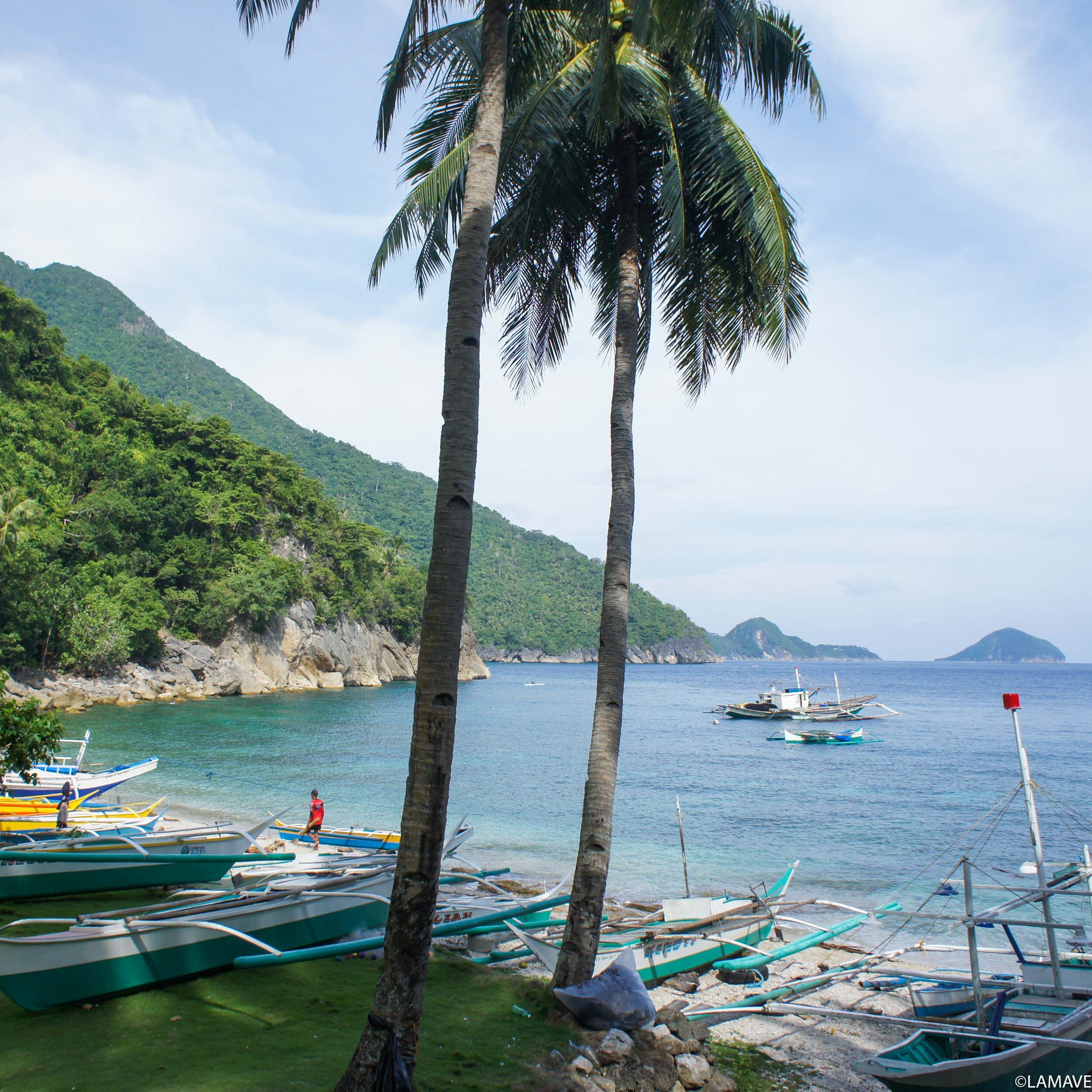The Rapid Bycatch Assessment (RBA) project focuses on Philippine megafauna that are categorised as Vulnerable, Endangered, and Critically Endangered in the IUCN Red List of Threatened Species, and are classified under one or both Appendices of the Convention for Migratory Species (CMS). Accordingly, these species of marine turtles, sharks, and devil rays are also protected under local and national laws, including the Amended Philippine Fisheries Code (RA 10654) and Philippine Wildlife Act (RA 9147). Although long-lived, these species typically exhibit late maturity and/or low productivity, amplifying their inability to cope with fishing pressure and their susceptibility to extirpation.
Current Status and Threats
Turtles
Sea turtles are protected under the Wildlife Resources Conservation and Protection Act, Republic Act No. 9147 which forbids killing, hunting or possession, both of the species and their by-products and derivatives.
Sharks
25% of sharks and rays are threatened with extinction according to the IUCN. Most sharks are not protected in the Philippines and where there is legislation to protect species it differs greatly between provinces and regions. The whale shark has been protected since 1998 (FAO 193).
Devil Rays
Following the up-listing of the species to Appendix II during the Convention on International Trade of Endangered Species (CITES) in 2017, Devil rays are protected under the Philippine Republic Act 10654 otherwise known as ‘The Philippine Fisheries Code of 1998’.
Strategy
The impact of by-catch of endangered, threatened, and protected (ETP) species is a growing concern to their respective populations worldwide
Understanding the extent of this problem is further limited by the inadequacy of non-targeted catch data from fisheries. In particular, the interactions between small-scale fisheries and ETP species are undervalued and largely understudied. Until recently, little attention has been given to them because of the fishery’s perceived low ecological impact. The extent and context of by-catch with ETP megafauna in the Philippines is mostly unknown.
LAMAVE uses an interview-based approach to look into the interactions between fishers and ETP megafauna. The survey is designed to obtain baseline information on the profile of small-scale fisheries in fishing communities and the by-catch rate of marine turtles, sharks, and devil rays. We also aim to explore the local ecological knowledge of these fishing communities and their perceptions on conservation, management, and reducing incidental catch.
Research Sites and Team
The study is conducted through interviews in fishing villages across different regions. It seeks to quantify the rate of incidental catch of marine turtles, sharks, and devil rays; recognise where and how this overlap between fishing effort and ETP megafauna happens; and understand if or how these species are utilised. It is crucial to bridge this information gap in Philippine small-scale fisheries to identify priority areas and to develop effective and integrative mitigation measures.
Project Leader: Jessica Labaja
Impact
>500 hours of interviews
Conducted interviews in 4 provinces
Worked with communities in >25 barangays (villages)
